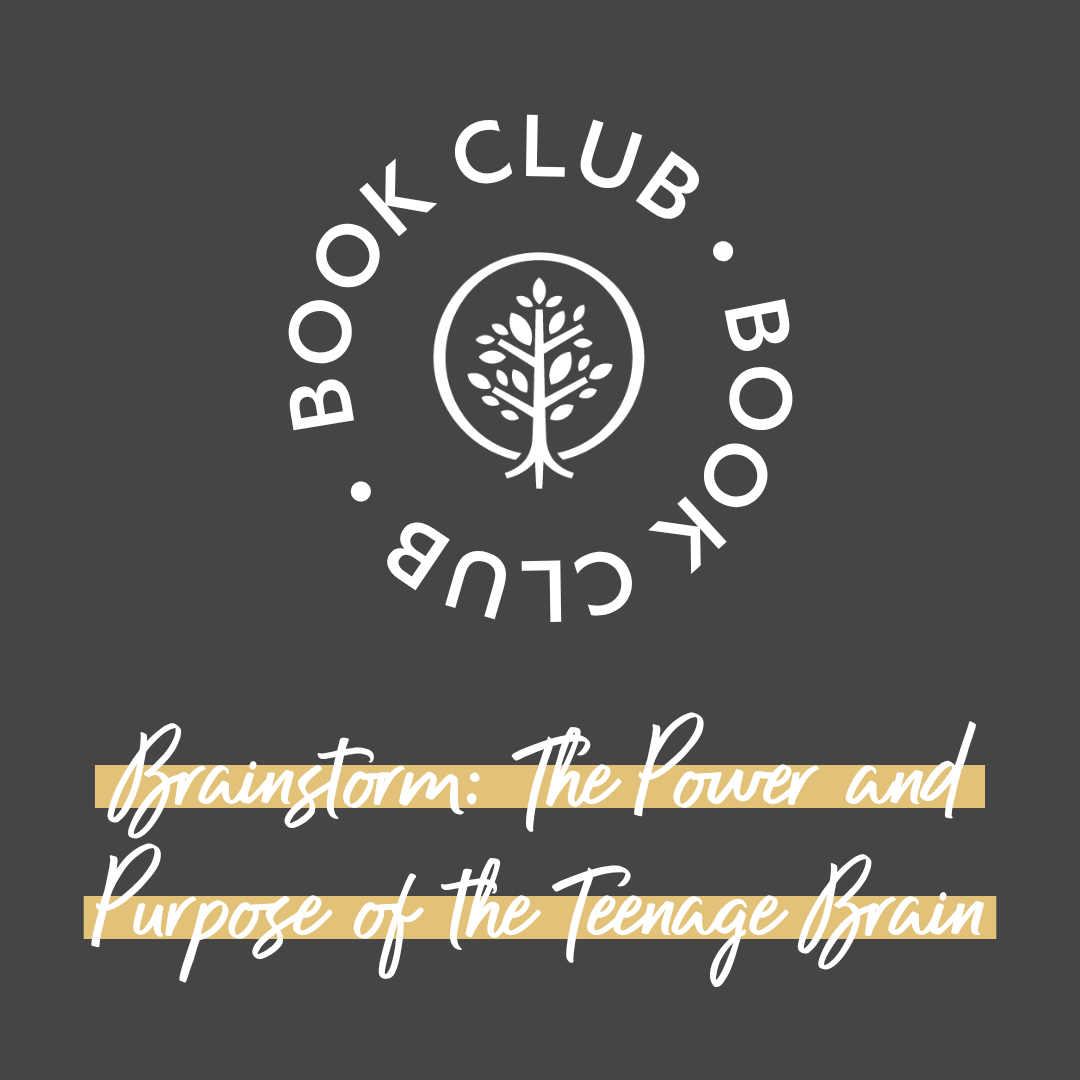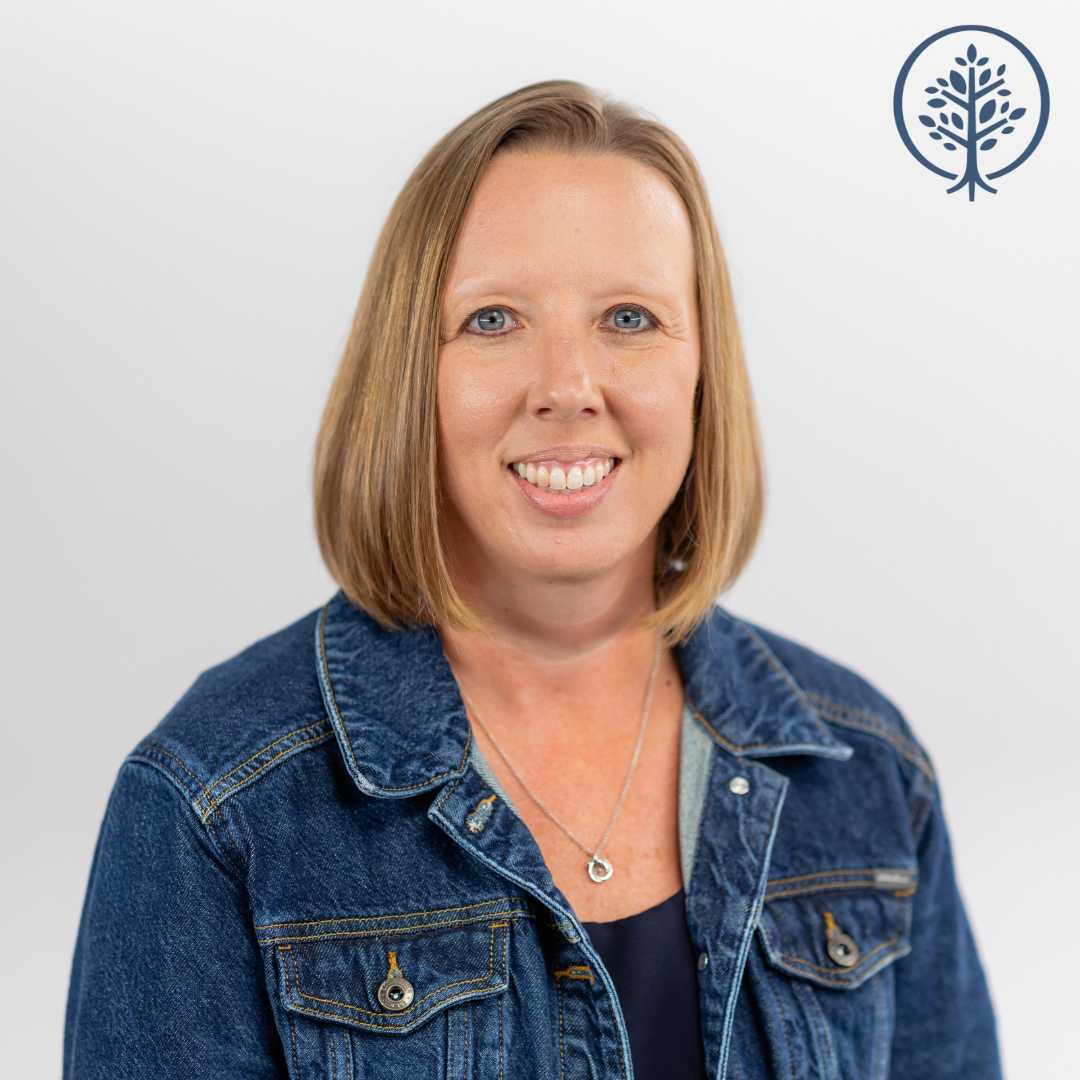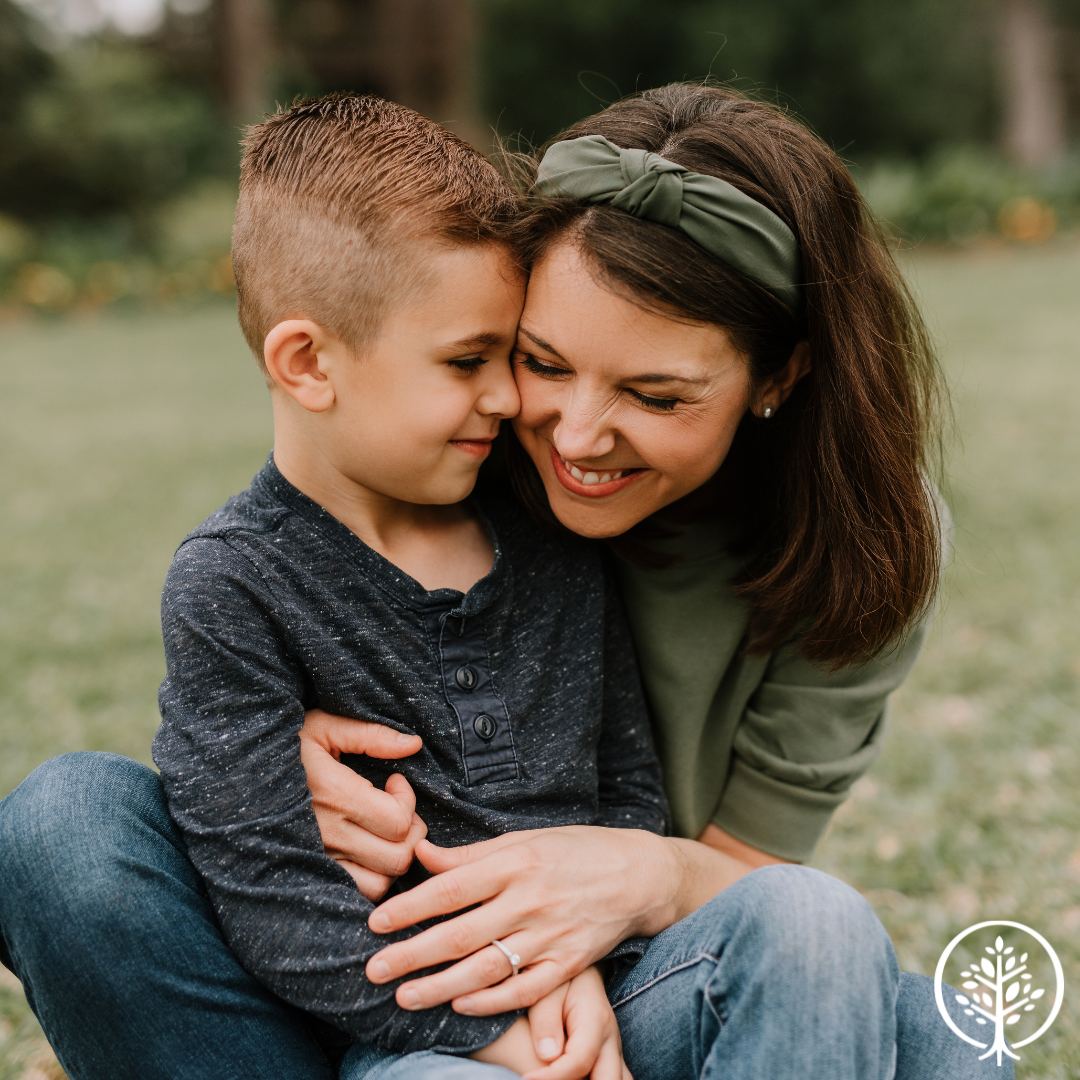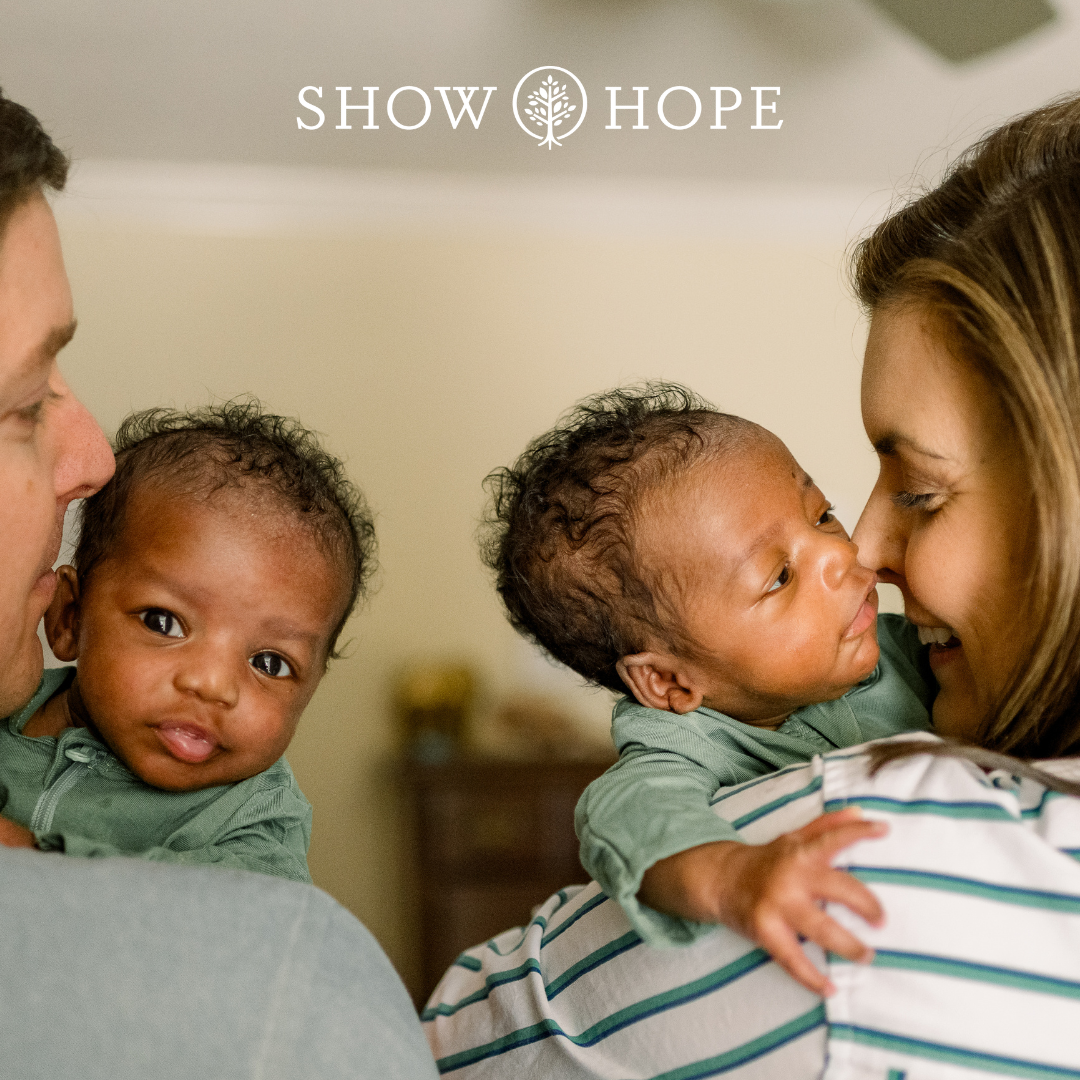Recent Stories

Show Hope Book Club: Brainstorm: The Power and Purpose of the Teenage Brain by Dr. Dan Siegel
Brainstorm: The Power and Purpose of the Teenage Brain In his book “Brainstorm: The Power and Purpose of the Teenage Brain,” award-winning educator and bestselling author Dr. Dan Siegel challenges the typical views of adolescence. He argues that adolescence—from 12 to 24—is a period of positive brain reorganization and growth rather than a phase of…
Show Hope Book Club: The Body Keeps the Score
The Body Keeps the Score “‘The Body Keeps the Score” by Bessel van der Kolk is a great look into how trauma shapes both the mind and body, leaving lasting effects on emotional and physical health,” Show Hope Senior Manager of Communications Bethany Jones said. “Paired with our knowledge of Trust-Based Relational Intervention® (TBRI®), this…
Esperanza Para el Viaje: Hope for the Journey
En un mundo donde el dolor y la quebrantamiento a menudo encuentran su camino en nuestros hogares, la necesidad de compasión, empatía y cuidado centrado en el evangelio nunca ha sido mayor. — Mary Beth Chapman, Cofundador de Show Hope Earlier this year, Show Hope Co-founder Mary Beth Chapman shared this piece of wisdom, driving…
Structure vs Nurture
“If a child needs nurture and I give him structure, I harm his ability to trust me. If a child needs structure and I give him nurture, I harm his ability to grow.” — Dr. Karyn Purvis Designed to help meet the unique needs of children who have been impacted by trauma, Trust-Based Relational Intervention®…
Understanding Developmental Milestones
Every child grows at their own pace, but there are markers along the way that help us understand how they’re developing. Known as developmental milestones, these are the physical, emotional, social, and cognitive skills children typically achieve as they grow. Yet for children who have experienced early adversity, such as trauma, neglect, or loss, these…
Show Hope Trends in Adoption Aid
For nearly 23 years, Show Hope has been reducing the financial barrier to adoption through our cornerstone work, Adoption Aid grants. To date, more than 9,500 children have been impacted by an Adoption Aid grant—children from more than 60 countries, including the U.S. In our last fiscal year, which ended on June 30, Show Hope…







